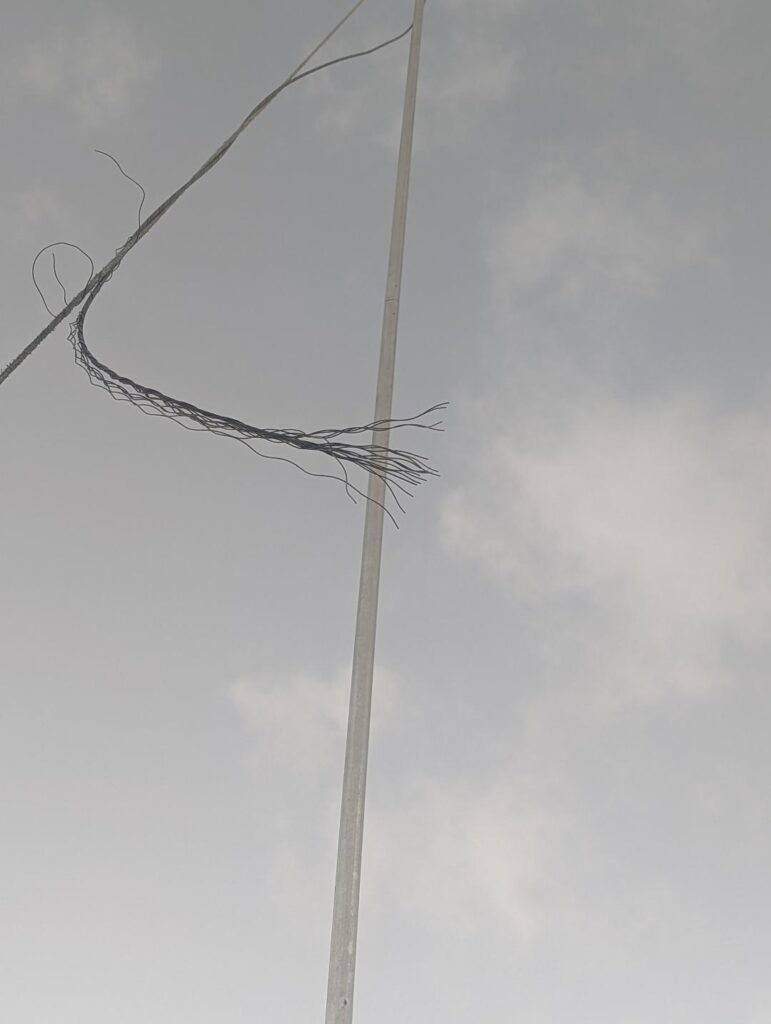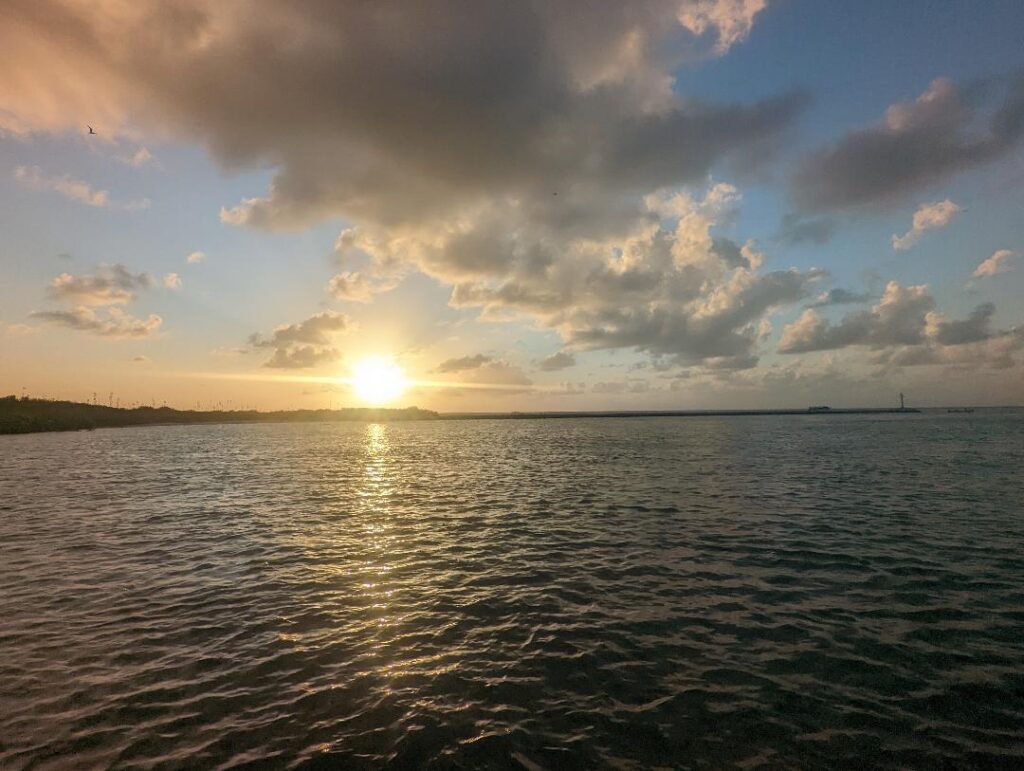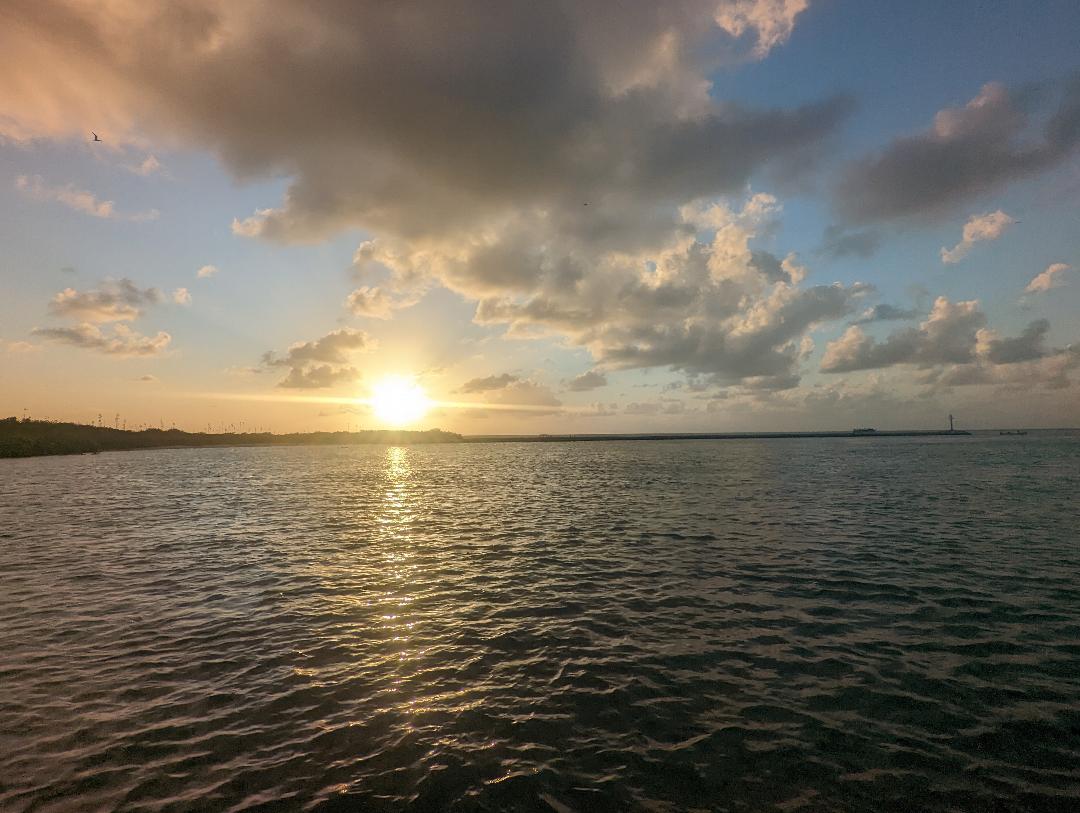Truthfully, recounting passages is my least favorite thing to do. There is a need for precision and accuracy of details to satisfy the saltier than thou folks. It is not an easy thing to do as just reading off the ship’s log misses out on so much and is it precise? Its very difficult to say whether the seas were 12 foot seas or 8 foot and after so many days at sea, the days sort of begin to run into one another. Then there is the fact that when sailing short handed and dealing with some pretty serious Sailing with a capital S, sometimes you have to concentrate so much on the urgent tasks at hand that taking notes on position, wind and waves gets pushed way down on the priority list.
With that caveat in mind, December 2 found us with some spectacular sailing. The waves started off at a very comfortable 4–6 foot range. The winds were in the upper teens- too much for the drifter but enough to move us under main alone. Never mind that we were still on a westward set, we were slowly but surely sailing uphill and moving in the general direction of southeast. Having now accepted that Key West would have to wait, we were inching our way closer to Isla Mujeres. A pod of dolphins came to join us for breakfast and stayed alongside Ceol Mor for a good hour or more. Dolphins never, ever fail to delight me and lift my spirits.
As the day grew long, the winds picked up as did the sea state. Conditions in the early afternoon were very much on the sporty side but having already dealt with much more just days before, we were actually enjoying the sailing. As the seas continued to pick up, we learned the reason that the escarpments of the Yucatan are indicated on the charts.
Mark was helming the boat and I was in the cockpit with him, when I heard a string of expletives from Mark as he began to hurriedly bring a lurching Ceol Mor back under control. The suddenly shallow areas it seems, are perfect for disrupting the current to such a huge degree that confused seas as well as enormous standing waves can just suddenly appear. This was our first encounter and we learned straight away to give great respect and ROOM to these areas. The Yucatan is not to be taken lightly and there is a reason you don’t see many sailboats sailing this area.
We continued to sail as evening fell. Keeping an eye on the charts for any more mountains, checking the weather and a look out for traffic we settled into our nighttime routine. Dinner in the cockpit, Mark to take a nap just after dinner then my watch, his watch and repeat throughout the night. Ceol Mor was settling in and sailing really, really well in these sporty seas. One thing about this boat, she handles big seas like a champ.
At 12 am on December 3, I came into the cockpit to relieve Mark and take a watch for the next 3 or 4 hours. Ceol Mor was sailing under a double reefed main and making good speed. The waves were in the 8-10 foot range but not a problem for Ceol Mor. Conditions were definitely on the sporty side, but this was now old hat. I kept watch and we continued our southeast course towards Isla Mujeres.
At approximately 1:00 am on December 3, there was a sudden appearance of incredibly boisterous confused seas as I was on watch. The autopilot was settling Ceol Mor as a wave came out of nowhere and slammed her broadside. Suddenly, I heard a sound like a shotgun blast right by my head. I will be forever proud that I did not faint or soil myself, it was that bad and that sudden. Mark was up in the cockpit before I could finish screaming his name.
At first, we assumed we had an accidental gybe as those are violent and loud and can absolutely break a boom in a sea state such as this one. We had preventers on, and the wind was firmly on the beam. It did not make sense. As Mark began to double check the charts, I noticed our forestay swinging wildly from side to side. This is not something you wish to see ever, but doubly so in a big sea state. ‘Mark, look at the forestay its swinging’. He swore at me. ‘It’s not the forestay. You don’t know what you are talking about’ and continued his survey of Ceol Mor. I yelled back ‘I didn’t say it was the forestay, I said the forestay is jacked up! I know a jacked up one when I see it and this one is jacked up!’. The panic I had been suppressing kept trying to rise and I kept pushing it down when Mark finished his assessment of the boat’s status. “We lost the backstay” he said so calmly it was almost eerie. Indeed, as I turned to look behind me the lower turnbuckle was hanging with a bit of tattered steel wire hanging over the back of the cockpit.

Mark went into crisis mode. Expletives and orders were flying. Keep the boat pointed into the wind. Douse the mainsail. Support the mast with extra halyards pulled to winches and toe rails. Add support lines to the dancing forestay and tighten. Assess our position and fuel reserves. Find the nearest place with a harbor of some sort. It all sounds so easy but truthfully it was over an hour of hard, hurried exhausting work in big, rolly seas. We discovered we were very, very low on diesel and the nearest harbor was 60 miles away on the Yucatan coast. Rio Lagartos.
I tried to raise the Mexican Navy on VHF to no avail. Not only was I worried about being able to even make it to port with the amount of fuel we had or even if our rig would remain upright in its current condition and the big and boisterous sea state, now I had to worry about rolling up unannounced to a country that has been dealing with drug running for years in the very area we were in. Perfect.
I was able to contact a family member who had been shore crewing for us and they were able to contact the U.S. Coast Guard who then contacted the Mexican Navy. Thanks to my Spanish skills being limited to poquito Texican Spanglish, the US Coasties kept in contact with us every 30 minutes to translate for the Mexican authorities our position and fuel status for the 12 long hours it took for us to reach the coast. I cannot adequately express my gratitude to the Coasties and the Mexican Navy enough. Grateful, grateful, grateful.
We received permission from the Mexican authorities and the harbormaster of Rio Lagartos to anchor long enough to make emergency repairs before heading to Isla Mujeres to begin the clearing in process. The harbormaster did not speak any English and my Spanish is awful, so he assigned a local fixer for us. ” Y Soy Ishmael Navarro” was the most beautiful text I ever received. Ishmael and his son Angel would meet us in their panga and assist us in any way they could. Their bright, aqua panga with the red canvas top was a welcome sight as we limped to the coast with our fuel gauge definitely in the red. We arrived on fumes. Eschewing to anchor on the outside on a lee shore, they assisted us in finding enough water behind the breakwater in the rio to drop anchor amongst the fishing boats.
And thus began our adventure in Rio Lagartos, Yucatan.


